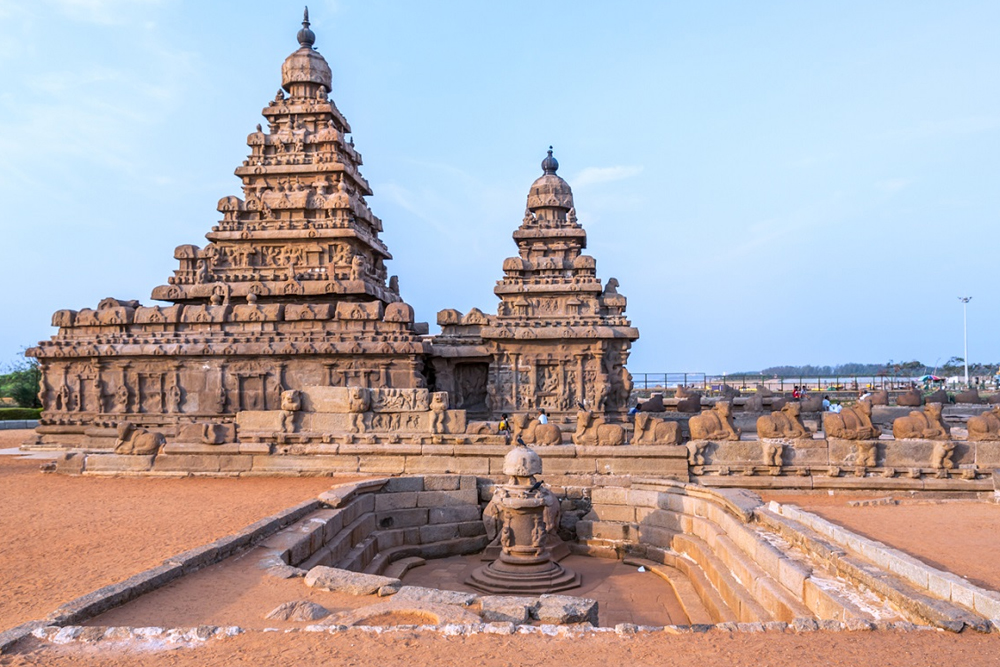The Golden Temple: Emblem of Sikh Faith and Unity
- Home
- Famous Temple
- India
- Panjab
- Amritsar
- The golden temple emblem of sikh faith and unity
The Golden Temple: Emblem of Sikh Faith and Unity
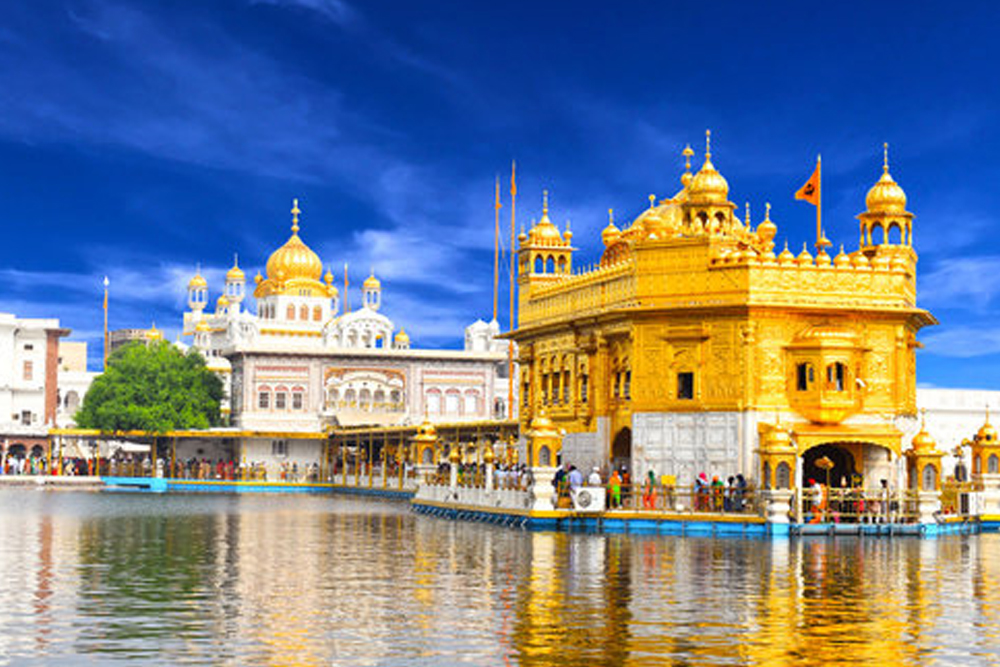
The Golden Temple, also known as the Harmandir Sahib or Darbār Sahib, stands as a revered gurdwara nestled in the city of Amritsar, Punjab, India. Rooted deeply in Sikhism, it holds paramount spiritual significance and is regarded as one of the holiest sites alongside Gurdwara Darbar Sahib Kartarpur and Gurdwara Janam Asthan.
Constructed around a man-made pool completed by the fourth Sikh Guru, Guru Ram Das, in 1577, the Golden Temple's rich history is intertwined with Sikh faith and resilience. Despite facing destruction multiple times by Mughal and Afghan armies, it was rebuilt and embellished under the patronage of Maharaja Ranjit Singh, earning its moniker due to the stunning overlay of gold leaf on its sanctum.
Spiritually and symbolically profound, the Golden Temple embodies Sikh ideals of equality and inclusivity, evident in its four entrances welcoming people of all faiths and backgrounds. The gurdwara complex, including the Akal Takht and a community kitchen (langar) serving thousands daily, epitomizes Sikh values of service and compassion.
While marred by conflicts such as Operation Blue Star in 1984, the Golden Temple remains a beacon of peace and unity, attracting over 150,000 worshippers daily. Its nomination as a UNESCO World Heritage Site underscores its global significance as a place of spiritual solace and cultural heritage.
The Golden Temple, also known as Sri Harmandir Sahib, is renowned for its stunning golden dome. It holds immense significance as a sacred pilgrimage site for Sikhs. The temple is constructed on a 67-foot square marble platform and is a two-story structure. Maharaja Ranjit Singh adorned the upper half of the building with about 400 kilograms of gold leaf, adding to its splendor.
The Golden Temple, or Harmandir Sahib, houses the Sikh scripture known as the Guru Granth Sahib. This holy book is revered by Sikhs as the "last guru" and is central to their ceremonies and rituals.
At the Golden Temple in Amritsar, smoking items like cigarettes, biris, tobacco, or any intoxicants are strictly prohibited within the holy premises. Additionally, chewing gum, wearing sunglasses, and taking photographs are also not allowed inside the Sri Darbar Sahib.
Temples of India

Padmanabhaswamy Temple: An Icon of Wealth and Devotion
Temples of India
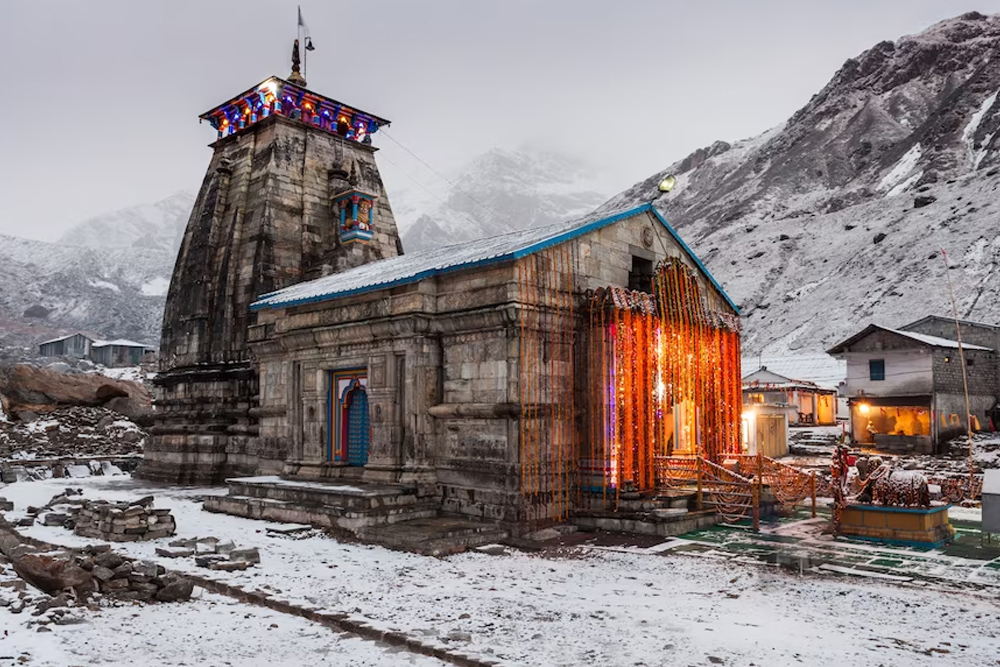
Kedarnath Temple: A Sacred Haven amidst the Himalayas
Temples of India
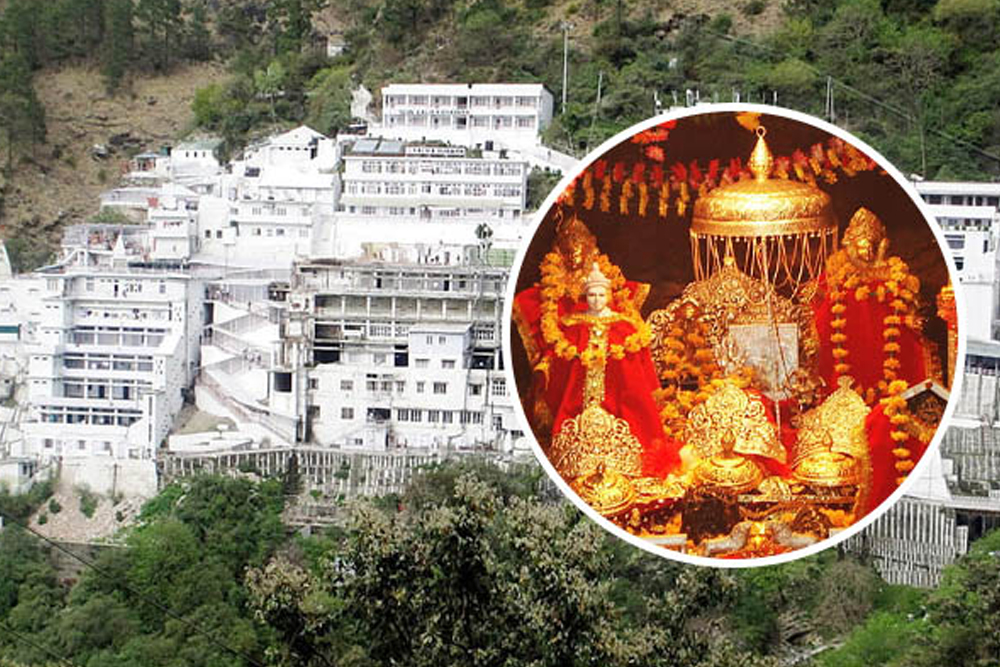
Vaishno Devi Temple: A Sanctuary of Devotion and Blessings
Temples of India
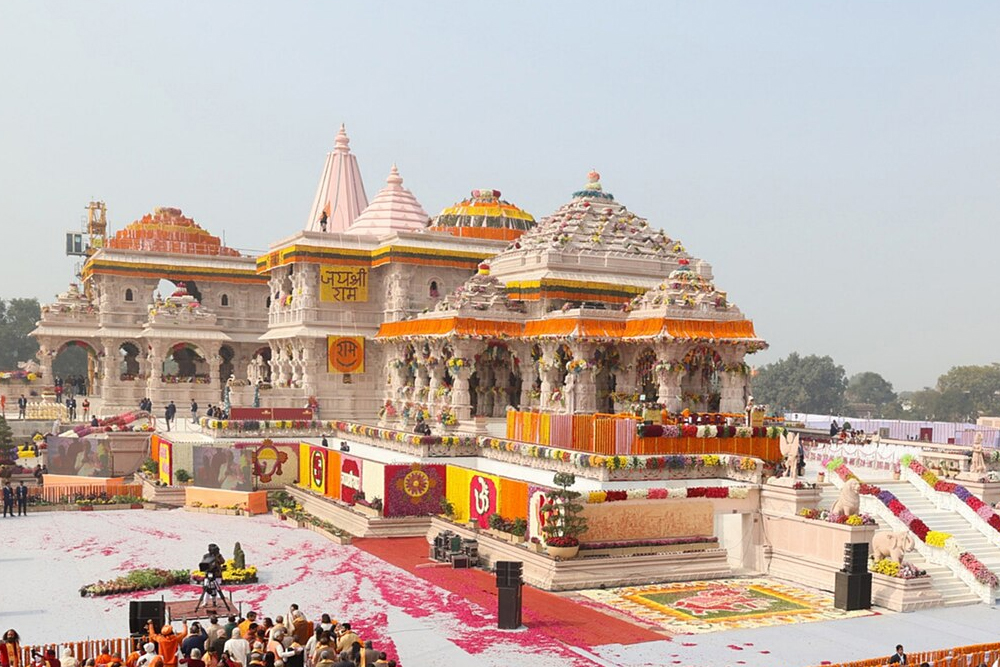
Ram Mandir: A Symbol of Faith and Controversy
Temples of India

The Golden Temple: Emblem of Sikh Faith and Unity
Temples of India

Shri Siddhivinayak Ganapati Mandir: A Beacon of Devotion in Mumbai
Temples of India
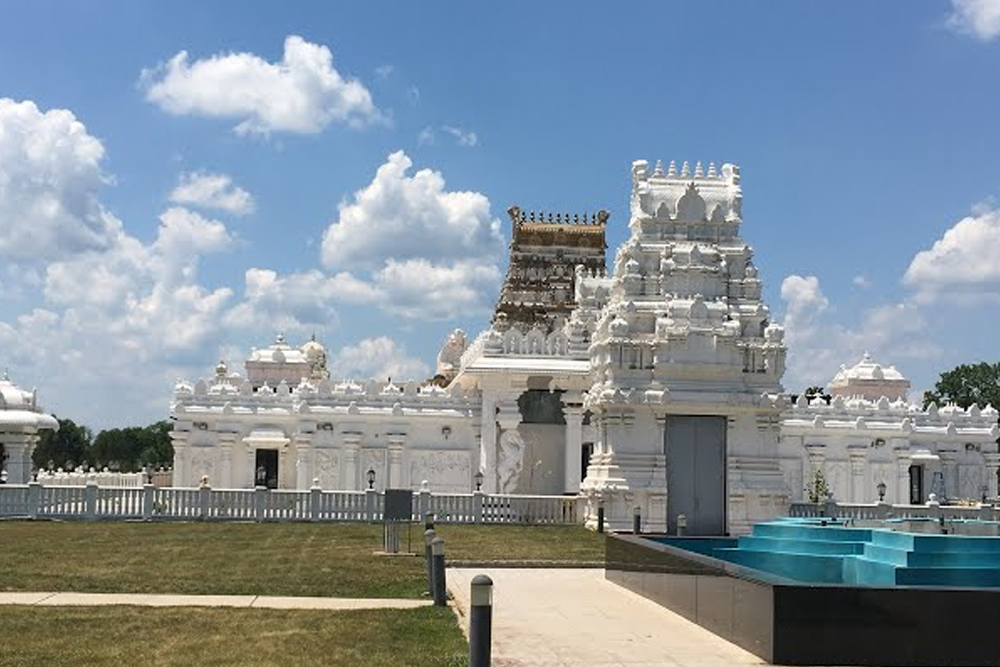
Sri Venkateswara Swami Temple: Sanctum of Spiritual Grace
Temples of India
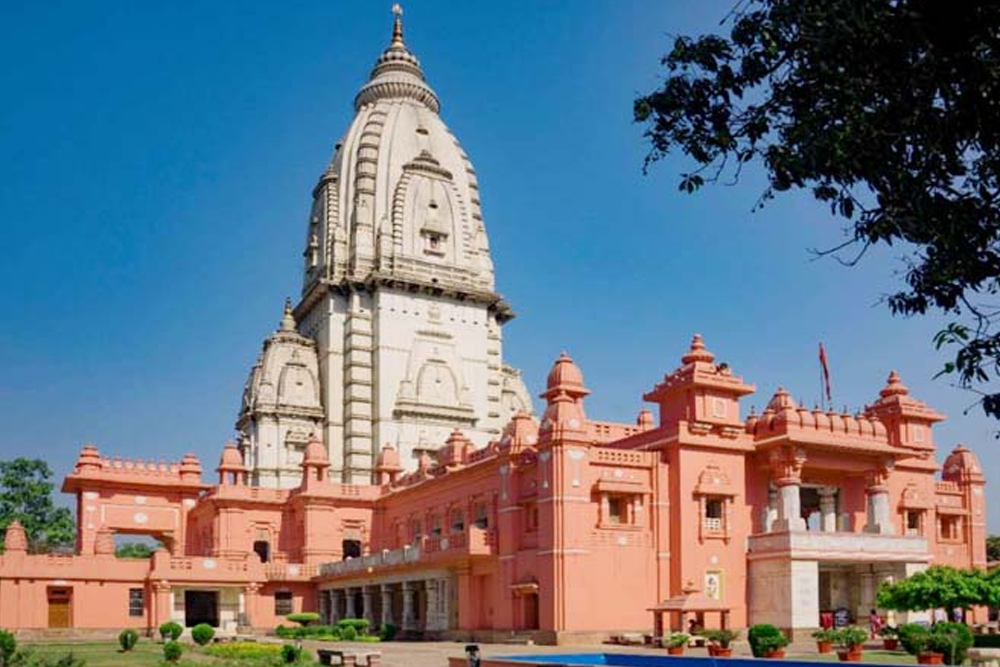
Kashi Vishwanath Temple: Divine Sanctuary in Varanasi
Temples of India
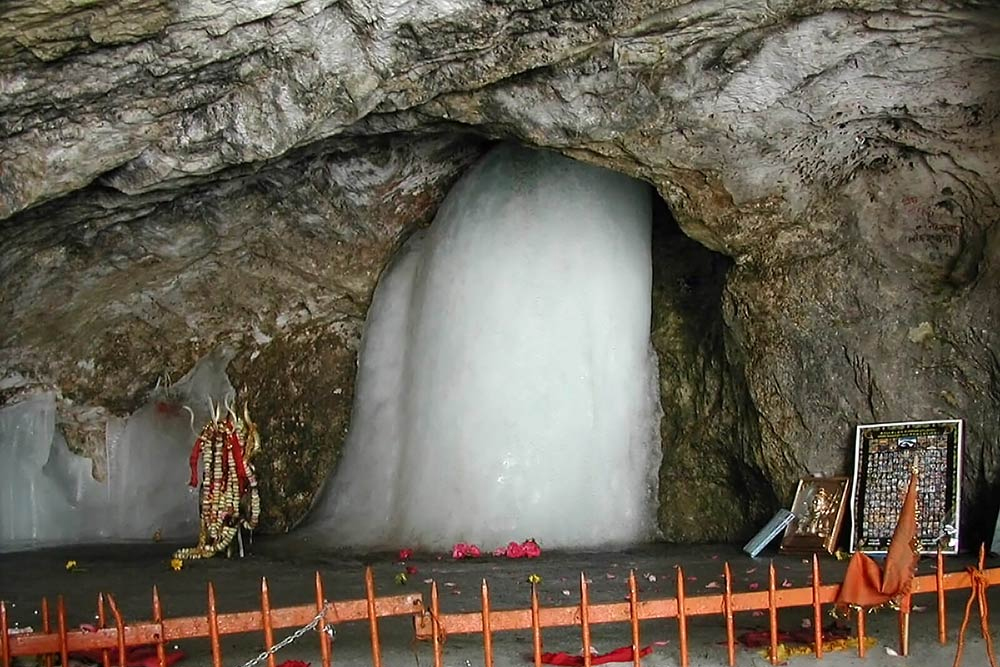
Amarnath Temple: Sacred Hindu Shrine in Jammu and Kashmir
Temples of India
